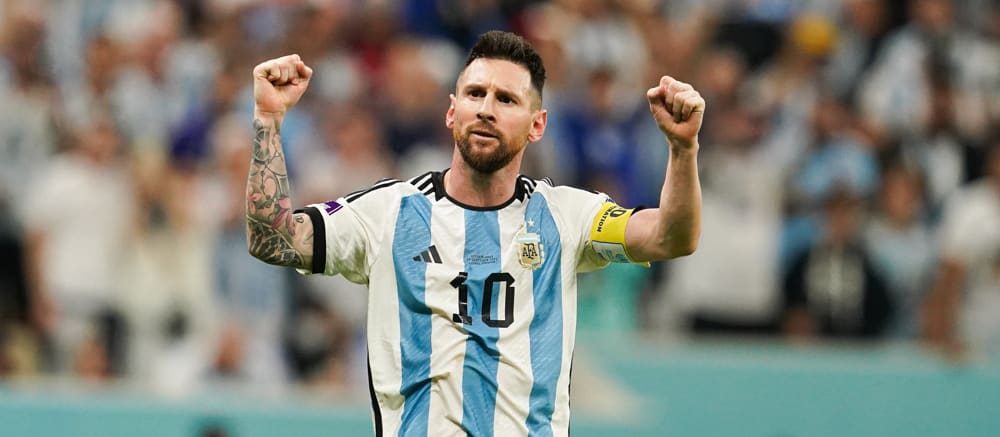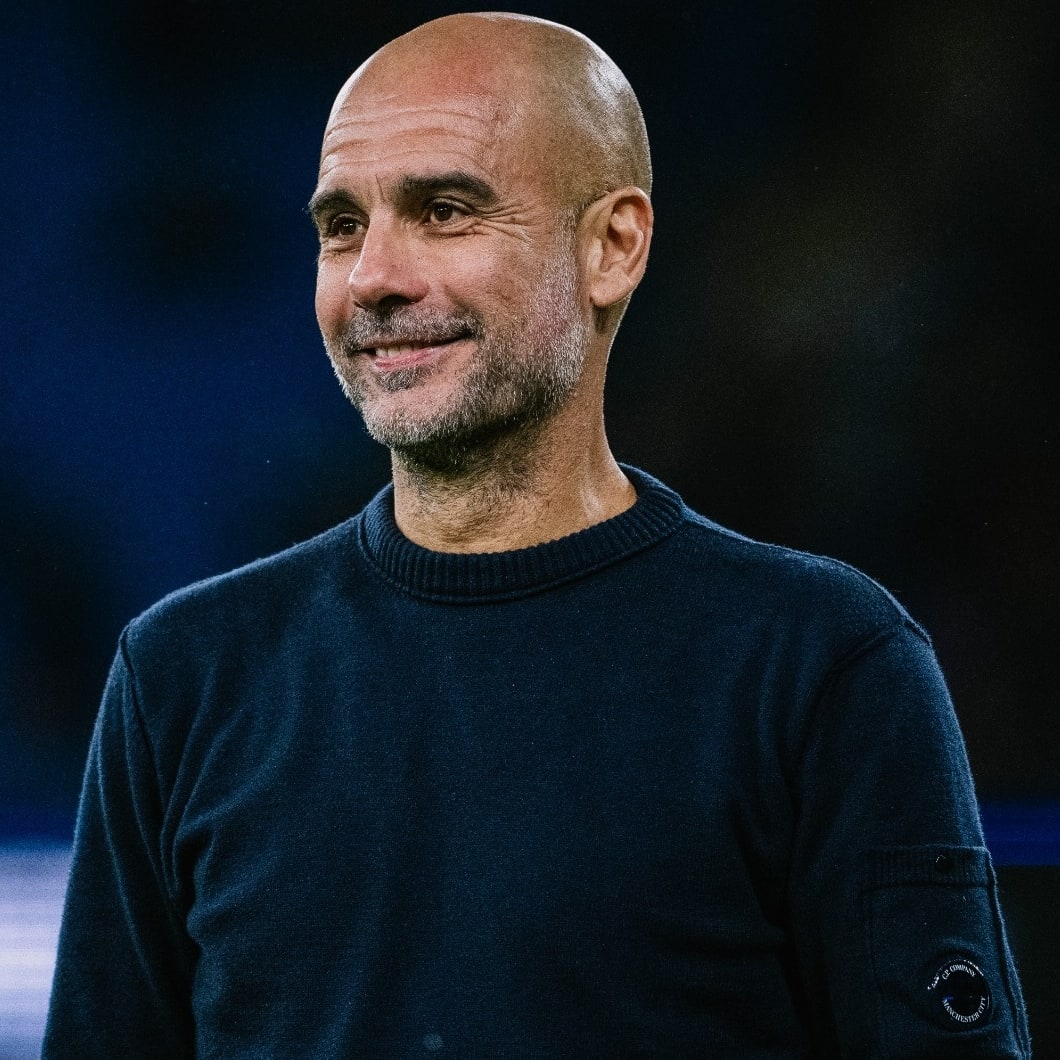Why should you play single-entry daily fantasy contests? That's probably the most important question. Single-Entry GPPs and other small tournaments where players are not permitted to make a large number of entries can potentially have different benefits than those of mass-entry GPPs.
- Smaller proportion of entries from professionals
In the main EPL Showdown of the Week GPP with around 3,900 entrants, some of the sharpest players in the field are allowed to enter 150 lineups. Each of their lineup portfolios make up 3.8 percent of the contest entries. The $5 Single Entry Near Post often has around 142 entrants and an individual lineup makes up around 0.7% of the field. While you still have to play the individual contest well, a smaller number of lineups will be entered by the strongest players in the field.
Of note, while I talk a lot about the smaller $5 entry contests, there are plenty of bigger ones from $12 to $555 entry and beyond.
- Flatter payout structures
Compare payouts for a recent $600 Near Post with a $5 entry and the $300K World Cup Final Special with a $22 entry.
| Place | SE GPP $ | SE GPP % | Large GPP $ | Large GPP % |
| 1st | 120 | 20.0% | 100,000 | 33.3% |
| 2nd | 90 | 15.0% | 25,000 | 8.3% |
| 3rd | 63 | 10.5% | 15,000 | 5.0% |
| 4th | 42 | 7.0% | 10,000 | 3.3% |
| 5th | 30 | 5.0% | 5,000 | 1.6% |
| 10th | 15 | 2.5% | 1,000 | 0.03% |
It's typical to see single-entry contests offer a flatter payout structure. With less of the contest equity in first place, you are more likely to realize your expectation and less likely to deal with massive downswings if you are entering good lineups into single-entry contests.
- Potentially more predictable player utilization and roster construction
In smaller fields, you often don't need to be close to the perfect lineup. It's more viable to focus on the best plays rather than chasing random center-back goals or outlier shootouts from low-total matches. This has the effect of condensed rostership of the chalk in a particular slate. Some players will simply play the same lineup they do in cash-game double-ups. While this isn't necessarily unprofitable, you can gain an advantage by keeping this in mind and finding leverage in single-entry GPP lineups, giving more equity for the top three-to-five places.
If you know the chalk cash construction is spending up twice at forward, you can spend down at one spot. If a player like Trent Alexander-Arnold is going to be popular in cash but Andrew Robertson isn't, you can select Robertson as a similar player and be compensated with lower rostership.
While they have several advantages, I think it's worth emphasizing that single-entry contests are not necessarily easier than larger-field tournaments. The contests you play are a matter of individual preference and skill; I personally prefer fields with over 1,000 entries. While the leverage opportunities might be better, the best plays seeing more utilization generally means opponents lineups will project better, which means you are less likely to run into very bad lineups. Additionally, many opponents who play their cash-game lineup (or something close to it) are highly skilled and long-term profitable in these contests.
CASE STUDIES
One of the best techniques to get better at any contest is to study your own lineup decisions and compare them to the choices other good players make. I want to highlight some recent single-entry lineups made by RotoWire staff in various slates that show some of the decisions made and why they were made.
Be a Contrarian - Adam Zdroik – 142 Entry EPL $600 Near Post on Jan. 4, 2023
| POS. | Player | Roster % |
| F | Evan Ferguson (BHA) | 9.86% |
| F | Marcus Rashford (MUN) | 53.5% |
| M | Bruno Fernandes (MUN) | 53.5% |
| M | Jeremy Sarmiento (BHA) | 4.2% |
| D | Kieran Trippier (NEW) | 50.0% |
| D | Oleksandr Zinchenko (ARS) | 9.15% |
| GK | David de Gea (MUN) | 33.1% |
| Util | Solomon March (BHA) | 7.8% |
Adam has mentioned to me that he likes to focus on single-entry contests and I think he made some excellent strategic decisions with this lineup. This was used in a four-game slate where Manchester United were massive favorites against a poor Bournemouth side. Their attack was chalky in all formats and the other two matchups on the slate had higher totals than the Brighton-Everton matchup. In my article for this slate, I highlighted this matchup as a potential fantasy friendly spot with upside not seen in the total.
Adam took advantage of this, along with late surprising news that low-priced Sarmiento and Ferguson would start. Using three Brighton players was quite contrarian. For example, Ferguson was only $800 more than Jamie Vardy, who was used in 28 percent of lineups in this contest. The Brighton stack gave this lineup enough leverage to be live for first place in a 142-entrant field, so he completed his lineup with Trippier and some of the best United plays. Unfortunately for Adam, Sarmiento had an assist deflected and he didn't get there.
I think this type of lesson can be applied to many slates with four or more games. If the field condenses on one or two particular matchups, there's a ton of relative value in single-entry contests by finding the right players in an overlooked game that can also be fertile fantasy ground. As seen above, you can still use chalk pieces once your lineups are properly leveraged.
Simple pivot off cash construction – Jack Burkart – 475 Entry WC $2K Near Post on Dec. 9, 2022
| POS. | Lineup | Roster % | Cash Game Team |
| F | Lionel Messi (ARG) | 65.5% | Lionel Messi (ARG) |
| F | Neymar (BRA) | 60.8% | Neymar (BRA) |
| M | Vinicius Junior (BRA) | 52.2% | Vinicius Junior (BRA) |
| M | Casemiro (BRA) | 20.8% | Casemiro (BRA) |
| D | Eder Militao (BRA) | 5.0% | Eder Militao (BRA) |
| D | Nicolas Otamendi (ARG) | 19.2% | Marquinhos (BRA) |
| GK | Dominik Livakovic (CRO) | 21.9% | Alisson (BRA) |
| Util | Lucas Paqueta (BRA) | 14.7% | Jurrien Timber (NED) |
In two-game slates or smaller ones featuring one or more massive favorite, there are often fewer viable alternative players outside of the best-cash plays. In this particular World Cup slate, Brazil were projected to throttle Croatia and the Argentina-Netherlands matchup didn't look like a good spot to pivot to given the pricing. I decided to eat the chalk and play Messi along with two expensive Brazil attackers. Alisson was going to be the popular goalkeeper since Brazil were a big favorite and Croatia attackers would not be popular, and Marquinhos was chalk as the cheapest Brazil center-back on a slate starved for value.
I ended up making a simple 3v3 off my cash-game lineup. My thought process was that Livakovic would be less popular due to his negative correlation to Brazil attackers, but he could still get there on saves if no team kept a clean sheet. Otamendi was a pivot off Marquinhos at the same price and correlated with Messi, while Paqueta fit like a glove.
In two-game slates, I think this shows the importance of scripting games out and being aware of the popular cash-game constructions. I projected Brazil-Croatia as a 1-1 or 2-1 match with a lot of shots on goal. In a small field, I figured I would not need the Croatia goal to win. Outside of Messi, in a 1-1 matchup between the Netherlands and Argentina, I figured no individual player would be necessary at their price. Finding a low-rostered Militao for only $200 more than Marquinhos gave this lineup some tough to find uniqueness.
Flip the salary of the cash construction – Ryan Belongia – 21-entry $150 King of the Pitch Qualifier on Jan. 5, 2023
I've mostly focused on the Classic format in this article, but these lessons apply equally well to Showdown contests where there are additional dynamics due to the captain spot.
| Ryan's Lineup | Roster % | A Popular Cash Game Construction | |
| CPT | Ederson (MCI) | 4.8%* | Kevin De Bruyne |
| UTIL | Kevin De Bruyne (MCI) | 90.5% | Erling Haaland |
| UTIL | Phil Foden (MCI) | 61.9% | Phil Foden |
| UTIL | Hakim Ziyech (CHE) | 23.8% | Joao Cancelo/Ilkay Gundogan |
| UTIL | Ilkay Gundogan (MCI) | 47.6% | Kepa Arrizabalaga/Marc Cucurella |
| UTIL | John Stones (MCI) | 28.6% | Mateo Kovacic/John Stones |
*Ederson's Roster % reflects his usage as CPT. His FLEX % was 23.8%
Ryan won a King of the Pitch ticket and high stakes single-entry contest with this Showdown lineup. As usual, City were massive favorites, making De Bruyne and Haaland chalk captain choices. I highlighted a common cash-game construction which involved captaining De Bruyne and spending up on Haaland with the expectation of City to dominate. The most noticeable thing about Ryan's lineup is that it doesn't include Haaland.
Perhaps, it's more important that Ederson's salary allowed Ryan to roster the three best floor plays (De Bruyne, Foden and Ziyech) along with a mid-priced Gundogan. This lineup is going to succeed when City win but don't dominate, which is how it played out in a 1-0 result. This script makes points from the floor plays more important and having all three gives this lineup outs even if Haaland scores a goal at his price. The Ederson captain allowed for a unique combination of players in the FLEX that high-priced captain lineups didn't have access to. Despite consisting primarily of popular players, moving off the chalk salary distribution gave Ryan's lineup enough leverage to win the contest.
In Showdown contests, I think it's often viable to flip typical cash-game roster constructions like this if your captain has a realistic upside scenario. In this case, Ederson's upside was a win and clean sheet along with a save or two. By making lineups like this, you'll gain leverage on the field by roster construction while still playing high projected plays in your FLEX positions.
FINAL THOUGHTS
DFS is a dynamic game and each individual slate is going to have unique decision points. There is no cookie cutter best way to approach single-entry tournaments or DFS in general. Whether you want to find a contrarian gamestack, do a simple pivot off your cash-game lineup or do something else entirely is going to depend on the context of the slate.
In larger slates, we generally expect there to be more viable contrarian options that are capable of keeping up with the chalk. In smaller slates, a simple but well thought-out 3v3 or 2v2 from a cash-game lineup might be the best way to go. Unless you consider yourself in the business of finding every goal in the slate, the key is going to be in balancing playing the best projected plays with a judiciously chosen leverage point.
Oh, and a little bit of luck never hurt anyone, either.













































